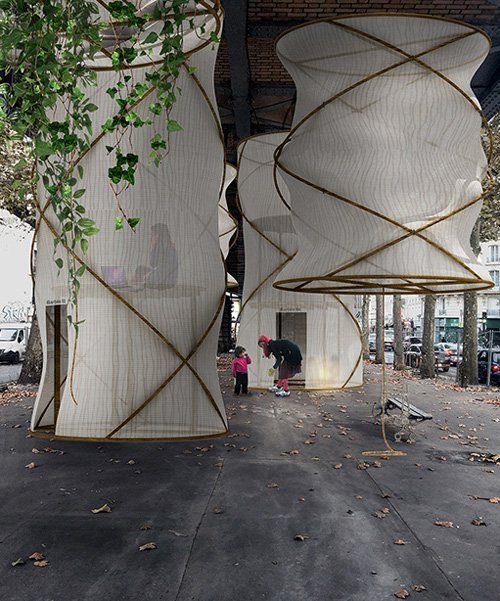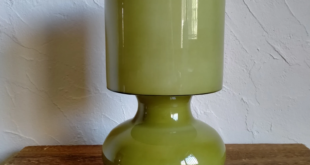
Furniture for public spaces serves a crucial function in enhancing the comfort, functionality, and aesthetics of shared environments such as parks, plazas, streetscapes, and transit hubs. These pieces are designed to withstand heavy use and varying weather conditions while also promoting social interaction and relaxation. Common types of furniture for public spaces include benches, tables, chairs, and litter receptacles that are often made from durable materials like metal, wood, or concrete. Additionally, some pieces may incorporate sustainable features such as solar-powered lighting or recycled materials to align with the growing trend of eco-friendly design. The placement and design of furniture in public spaces are carefully considered to maximize the usability and visual appeal of the area, contributing to a welcoming and inclusive environment for all who visit. Ultimately, quality furniture for public spaces plays a vital role in creating inviting, functional spaces that enhance the overall quality of life for residents and visitors alike.
Furniture for public spaces is an integral part of creating welcoming and functional environments for people to gather, rest, and socialize. Whether it’s a park, plaza, or urban streetscape, the right furniture can enhance the overall experience for residents and visitors alike. From benches and tables to planters and bike racks, well-designed and strategically placed furniture can encourage community engagement and improve the overall aesthetic of a space.
In public spaces, furniture serves a multitude of purposes beyond just providing seating. It can also help define boundaries, create gathering spots, and support various activities and events. For example, moveable chairs and tables can easily transform a drab sidewalk into a vibrant outdoor cafe, while large planters can help delineate pedestrian walkways and provide greenery in otherwise stark urban environments. By carefully selecting and arranging furniture, urban planners and landscape architects can design spaces that are not only aesthetically pleasing, but also functional and adaptable to the changing needs of the community.
When it comes to selecting furniture for public spaces, durability, safety, and maintenance are key considerations. Public furniture is subject to heavy use and exposure to the elements, so it must be able to withstand wear and tear over time. Additionally, furniture should be designed with the comfort and safety of users in mind to prevent accidents and promote accessibility for people of all ages and abilities. Regular maintenance and upkeep are essential to ensure that public furniture remains in good condition and continues to enhance the overall experience of the space for years to come.
 home decor trends
home decor trends



